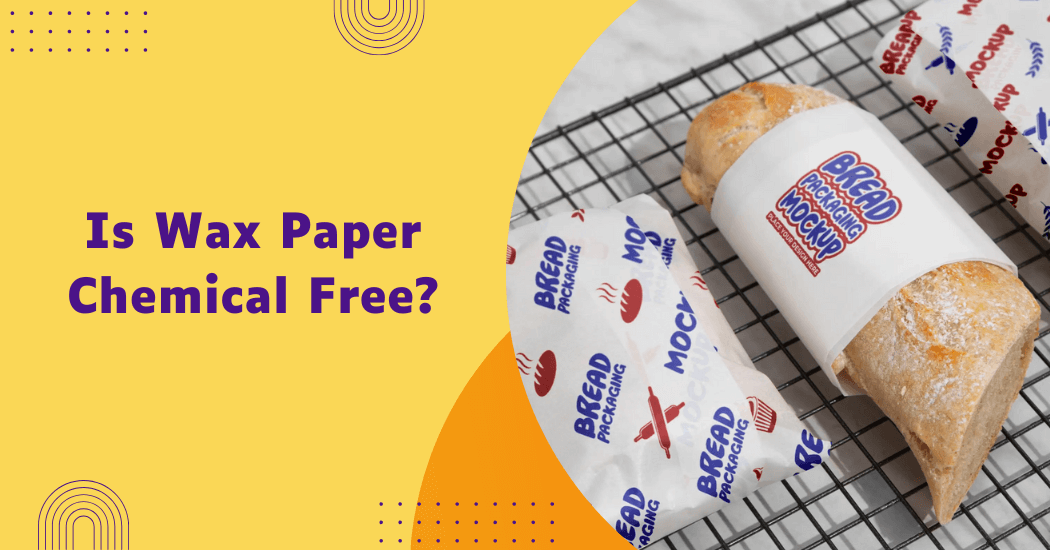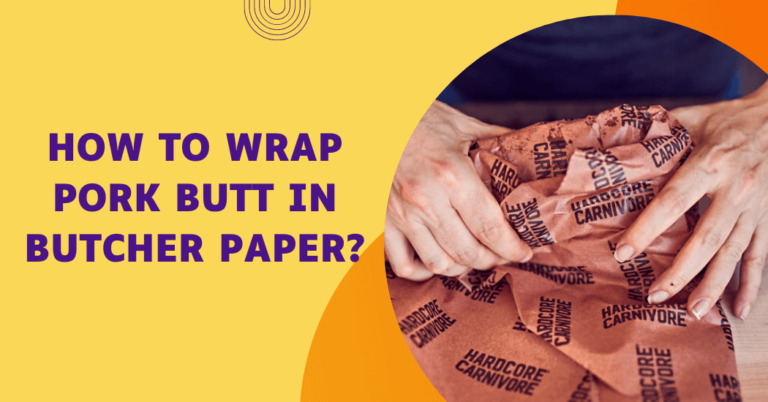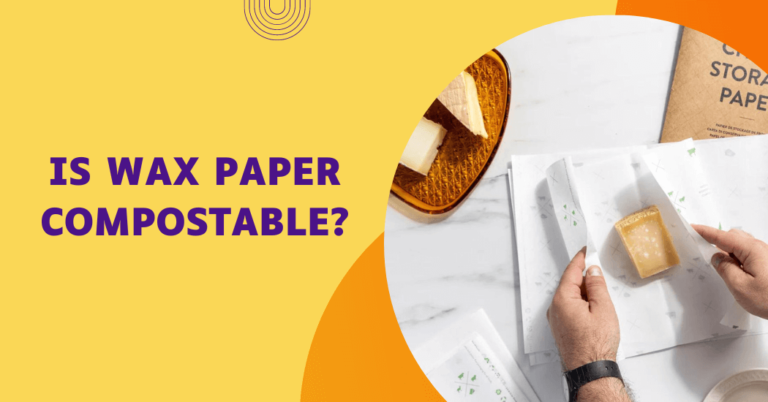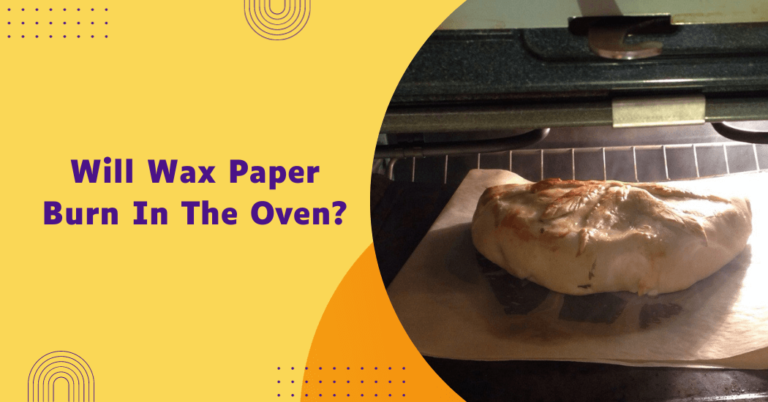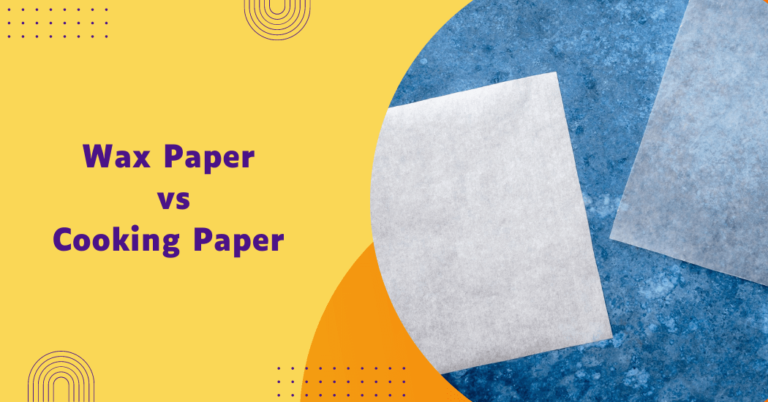Does the wax paper have chemicals?
Wax paper is a kitchen staple in households worldwide, renowned for its non-stick properties and versatility in food preparation and storage.
However, with growing concerns about the safety and environmental impact of everyday products, many consumers are asking: does wax paper have chemicals and if so, are they safe?
In this article, we delve into the composition of wax paper, exploring the types of wax and other substances used in its manufacture and assessing the potential health implications. Understanding these factors is crucial for making informed decisions about using wax paper in your kitchen and beyond.
Is wax paper chemical free?
The simple answer is yes, wax paper does contain chemicals. These can include waxes and other additives such as dyes and strengthening agents. However, the levels of these chemicals are typically low and deemed safe for use in food packaging by regulatory bodies such as the Food and Drug Administration (FDA).
That being said, some experts have raised concerns about the potential health risks associated with certain types of wax paper. For instance, paraffin wax is a petroleum-based product and may contain trace amounts of chemicals used in the refining process.
A study published in the Journal of Food Science indicates that approximately 80% of commercially available wax paper products use paraffin wax, while 15% use beeswax. The remaining 5% use other natural or synthetic waxes.
These substances are considered safe for use in food packaging by regulatory bodies like the Food and Drug Administration (FDA) in the United States and the European Food Safety Authority (EFSA).
Chemicals present in wax paper
The chemicals found in wax paper can vary depending on the type of wax used in its production.
Here are some common chemicals that may be present in different types of wax paper:
- Paraffin wax: This petroleum-based wax may contain traces of substances such as benzene, toluene and naphthalene, which are all classified as potential carcinogens.
- Beeswax: Although considered a natural alternative to paraffin wax, beeswax can also contain contaminants like pesticides and heavy metals if not sourced from reputable beekeepers.
- Dyes: Some colored waxes may contain dyes or pigments that could potentially leach into food and cause allergic reactions or other health issues.
- Strengthening agents: To improve the durability and strength of wax paper, manufacturers may add substances like polyethylene or silicone to the wax coating. While these are considered safe for food contact, some studies have raised concerns about their environmental impact.
- Anti-Stick agents: To make wax paper even more resistant to sticking, manufacturers may add synthetic substances like silicone or quaternary ammonium compounds. These have been linked to reproductive and developmental issues in animal studies.
- Paper additives: In addition to the wax coating, the paper used in wax paper production may also contain additives such as bleach or chlorine dioxide. These chemicals have been linked to health concerns like respiratory issues and skin irritation.
Health Risks Associated With Wax Paper
1. Potential food contamination
Wax paper is not recommended for use in microwaves as it can melt and transfer chemicals to the food. Similarly, using wax paper to wrap hot foods can result in the wax coating melting and leaching onto the food.
A study published in Food Additives & Contaminants found that the migration of paraffin wax into food increases significantly at higher temperatures. The study reported that chemical migration rates can increase by up to 50% when wax paper is heated above 150°F (65°C).
2. Airborne release of toxic fumes
If heated to high temperatures, such as on a stovetop or grill, wax paper can emit potentially harmful fumes. These fumes may contain chemicals such as acrolein, which has been linked to respiratory issues when inhaled.
According to research by the National Institute for Occupational Safety and Health (NIOSH), workers exposed to paraffin wax fumes showed a 30% higher incidence of respiratory symptoms compared to the general population.
3. Environmental concerns
Most commercial wax papers use paraffin wax derived from petroleum. This raises concerns about the environmental impact of using non-biodegradable products and supporting the oil industry.
Statistics on the recyclability of wax paper and its decomposition rates compared to other food packaging materials. The wax paper takes about 2-4 weeks to decompose under composting conditions, which is faster than plastic alternatives.
4. Ingestion of Microplastics
Some wax papers are coated with materials containing microplastics. Over time and with repeated use, these microplastics can potentially break off and be ingested.
A study published in Environmental Science & Technology revealed that food packaging materials, including certain wax papers, can release microplastics. The study estimated that an average person ingests between 39,000 to 52,000 microplastic particles annually, partly from food packaging sources.
5. Allergic Reactions
Individuals with allergies to certain types of wax, particularly soy wax, might experience allergic reactions if the wax migrates into the food.
The Journal of Allergy and Clinical Immunology published findings indicating that soy allergies affect approximately 0.4% of children in the United States. This statistic underscores the potential risk for those with soy allergies when using soy-based wax paper.
Recommendations for safely using wax paper
Despite the potential risks associated with certain types of wax paper, it is still considered safe for use in food packaging and other household purposes. Here are some tips to help ensure the safe usage of wax paper:
- Avoid direct contact with heat: To prevent any potential chemical migration or release of toxic fumes, avoid using wax paper in high-heat settings such as microwaves or on stovetops.
- Choose natural alternatives: Look for wax papers made from beeswax or plant-based waxes (e.g., soy or vegetable) if you have concerns about petroleum-based products.
- Properly dispose of used wax paper: To minimize environmental impact and reduce the chances of ingestion, always dispose of used wax paper in the appropriate recycling or composting bins.
- Consider reusable options: Instead of using disposable wax paper, consider investing in reusable food wraps made from natural materials like cotton or beeswax.
- Check labels and packaging: When purchasing wax paper, check for any potential allergens or chemicals listed on the label. Also, make sure to properly store and handle wax paper to avoid contamination with other food items.
- Choose high-quality, reputable brands: To ensure the safety and quality of your wax paper, choose products from trusted brands known for their environmentally responsible practices.
By following these recommendations, you can safely use wax paper while minimizing potential health and environmental risks.
As with any product, it is always essential to stay informed and make educated decisions regarding its usage.
Alternatives to wax paper
If you are concerned about the potential risks associated with wax paper, there are several alternatives available that offer similar benefits without using chemical coatings:
- Parchment Paper: Made from unbleached or bleached paper, parchment paper is coated with silicone for a non-stick surface. It is heat-resistant and can be used in place of wax paper for baking and wrapping foods.
- Aluminum Foil: A popular choice for grilling, storing leftovers and lining baking sheets, aluminum foil is also non-stick and heat-resistant. However, it should not be used with acidic or salty foods.
- Silicone Baking Mats: These reusable mats are made from food-grade silicone and can withstand high temperatures without melting or emitting fumes. They are a great option for baking and roasting.
- Glass Containers: For storing leftovers or packing lunches, glass containers offer a safe and environmentally friendly alternative to wax paper. Look for options with airtight lids for optimal food preservation.
- Beeswax Wraps: As an eco-friendly alternative to plastic wrap, beeswax wraps use cloth coated in beeswax as a natural way to keep foods fresh. They can be molded around bowls or wrapped directly around food items.
- Reusable Food Wraps: Similar to beeswax wraps, reusable food wraps are made from cloth coated with plant-based wax and can be used multiple times before needing to be replaced.
By choosing these alternatives, you can reduce the potential risks associated with using wax paper while still enjoying the convenience of non-stick and heat-resistant food packaging.
FAQs
Are the chemical coatings used on wax paper harmful?
While there is limited research on the long-term effects of these chemical coatings, some studies have shown potential health risks such as respiratory irritation and allergic reactions.
To minimize exposure, it is recommended to limit direct contact with heat and avoid using wax paper for high-temperature cooking.
Is it safe to use wax paper in the microwave?
No, it is not recommended to use wax paper in the microwave as the heat can cause the wax coating to melt and potentially release chemicals. Choose a microwave-safe alternative like parchment paper or a glass container instead.(Click For Details)
Can wax paper be recycled?
Yes, wax paper can typically be recycled with other paper products as long as it is not contaminated with food or grease. It is always best to check your local recycling guidelines for specific instructions.
Is it safe to use wax paper for food storage?
Yes, wax paper can be used for short-term food storage of fruits, vegetables and baked goods. However, it is not recommended for long-term use or storing highly acidic or salty foods. For longer-term storage, consider using glass containers or beeswax wraps instead.
Overall, proper handling and disposal of wax paper can help ensure its safe usage for food storage.
So, while wax paper has been a convenient and popular choice for many years, it is essential to use it safely and responsibly by following the recommendations outlined above.
Final Thoughts
In conclusion, wax paper does contain certain chemicals, primarily the wax coating that provides its non-stick and moisture-resistant properties. This wax is usually made from paraffin or soybean wax, both of which are generally considered safe for food use.
However, it is important to use wax paper according to the manufacturer’s guidelines, as inappropriate use, such as exposing it to high heat, can cause the wax to melt or leach into food.
While the chemicals in wax paper are not inherently harmful under normal usage conditions, users should remain informed and cautious to ensure safe handling and application in culinary practices.
